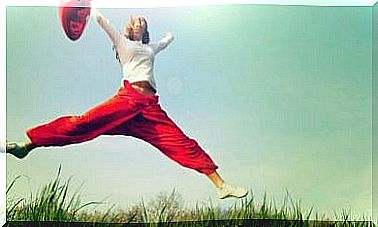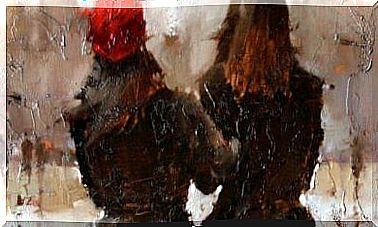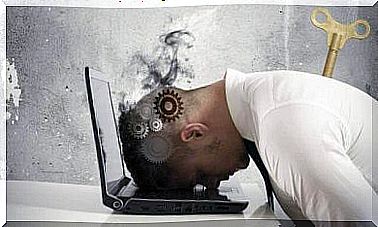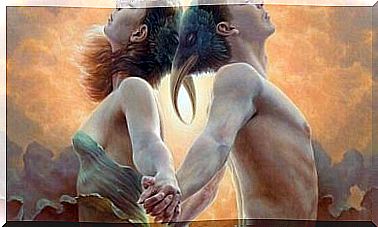Art And Post-conflict: Transforming Realities
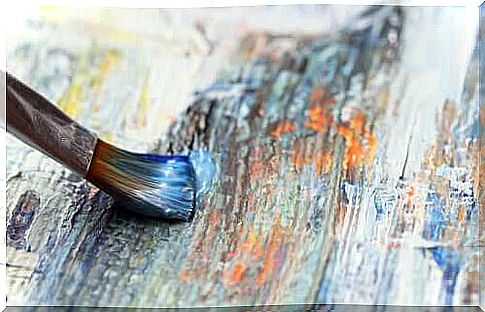
When we witness the suffering of many people in an environment of violence, it is difficult to join forces to keep life going – even if the violent situation has already ceased and a new reality lies ahead. Despite this, there is a way to transform the realities that cause so much discomfort: the secret is in the link between art and the post-conflict.
When we talk about post-conflict, we are referring to all those events that arise after a conflict disappears with peace agreements. Well, what do art and post-conflict have to do with each other? Why do they serve to transform realities?

What is the relationship between art and post-conflict?
Art and post-conflict are related in different ways. Let’s see some of them below:
- Both are a way of talking about phenomena. They are a way of telling stories. In the post-conflict, according to the article “The post-conflict in Colombia: a challenge for psychiatry”, this can be seen through support and recovery in victim care activities, the generation of resources and employment, the adequacy and strengthening institutions, social processes of forgiveness and reconciliation, among other factors. In art, this can be seen through creative processes, exhibitions, spectators, etc.
- Through these two factors, we can observe shared accounts. In the post-conflict, through the reality of violence that a community, a family, etc., is going through or has gone through, for example. In art, collective matters can be represented through creation.
- They touch the deepest aspects of being human. Because both affect emotions, thoughts and behavior; in the post-conflict, thanks to the traumatic experiences that are evoked, and in art, by the unconscious processes that arise in creation and because we are spectators of it, according to each person’s story.
- They are a way to transform anguish. In the post-conflict, because restoration is ensured, that is, through activities that lead to transforming, managing and ending confrontation, in order to preserve peace and build or rebuild what was lost. Furthermore, through the creative process we can transform pain by focusing on remodeling the traumatic situation we are experiencing.
The most important connection between art and post-conflict is that together they can emphasize the reconstruction of what trauma has harmed.
Art is a transforming element of realities
Art can be a transforming element of realities because it is a form of language; therefore, it allows for expression. We know that, after traumatic violence, it is very difficult to explain in words what happened… and it is also difficult to be able to recognize and express what happened in a clear way. Therefore, art could function as a vehicle in these cases, that is, as a medium through which we can express ourselves.
But why would this work? Our minds have a hard time accessing the traumas we experience. We can even feel a sea of emotions and thoughts, but we don’t know how to deal with them. Through art, we can begin to transmit and guide us through images to reconstruct, step by step, whatever is weakened in us.
So, art is a tool that can be used in a post-conflict process. Here are some reasons for this:
- It helps to build a collective language.
- It causes a feeling of affection, because through creative processes it is possible to create identity, empathy and even motivation to continue and do things for and for the community.
- Protects from isolation, as through art the person can connect with themselves and with others.
- It is a way of perceiving the trauma and seeking support, either by feeling a sense of belonging to the art or in other ways, such as psychotherapy.
Art is a real transformer of realities because it represents a way for us to stop being prisoners of the past, dealing better with suffering. What’s more, art gives us motivation to learn another way to live with what happened. Therefore, it is a kind of bridge that helps us transform what bothers us so much into something that is healthier for our minds.
After experiencing a period of violence, we will certainly not have an easy road ahead. However, art can be of great help in integrating into our history what has caused us so much harm.
However, the process does not take place in the absence of will and initiative. On the other hand, it must be said that there are political, social and educational groups and strategies that study each post-conflict process so that the intervention is as assertive as possible, as each conflict has its own uniqueness.
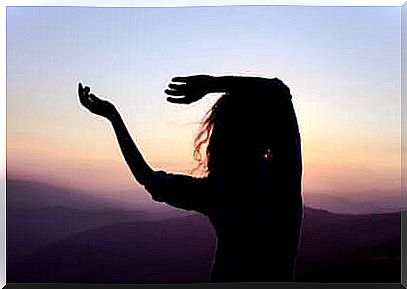
Art, resilience and post-conflict
As art leads us to transform traumatic realities, it can also be a factor of resilience. One person who talks about this is Boris Cyrulnik, a French neurologist, psychiatrist and psychoanalyst who specializes in processes of art, conflict and resilience.
Cyrulnik invites us to think that resilience processes start in the post-conflict, and sees art as a useful tool to develop this capacity. In fact, he gave a lecture called “Resilience and art, the reports of trauma” , in which he emphasized how in Colombia, after more than 50 years of war, it was possible to make art a valuable element to cultivate the ability to overcome the adversities. In addition, he has several books related to resilience, such as The Wonder of Pain: The Sense of Resilience.
There are countless ways to make resilience emerge through art. Some examples are:
- Movie theater
- Opera
- Literature
- Photography
- Painting
- Song
Furthermore, Cyrulnik sees psychotherapy as another art form, as it could help transform trauma. This is because those who are dedicated to psychotherapy transform the anguish into a language that can be understood by people who have lived a traumatic experience.
Art is transformative if used properly. Through it, for example, it is possible to perceive individual and collective resilience in people who have experienced trauma during a war. Art is not the only alternative, but it is an important option for people who need to express themselves in paths of great pain, generating motivation and initiative – it acts as a form of liberation from the past.
